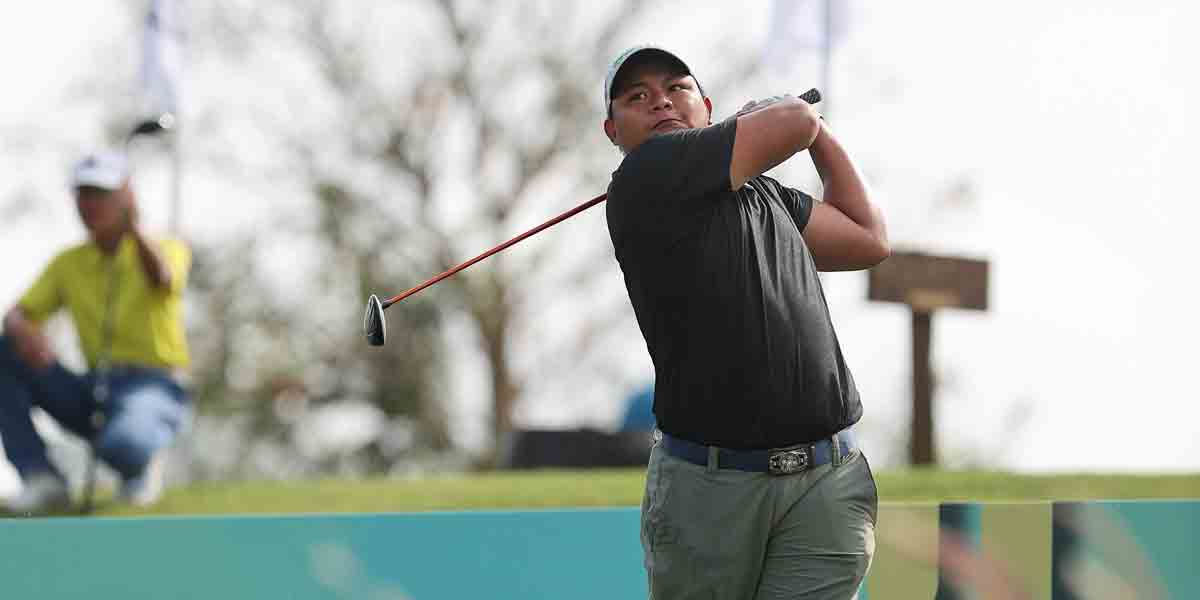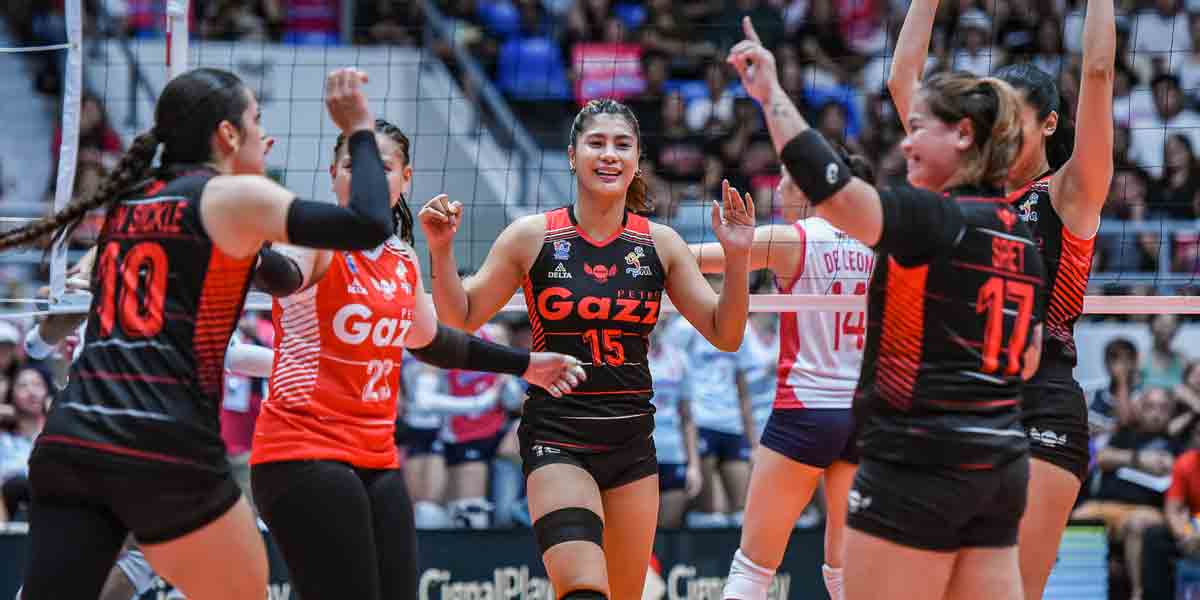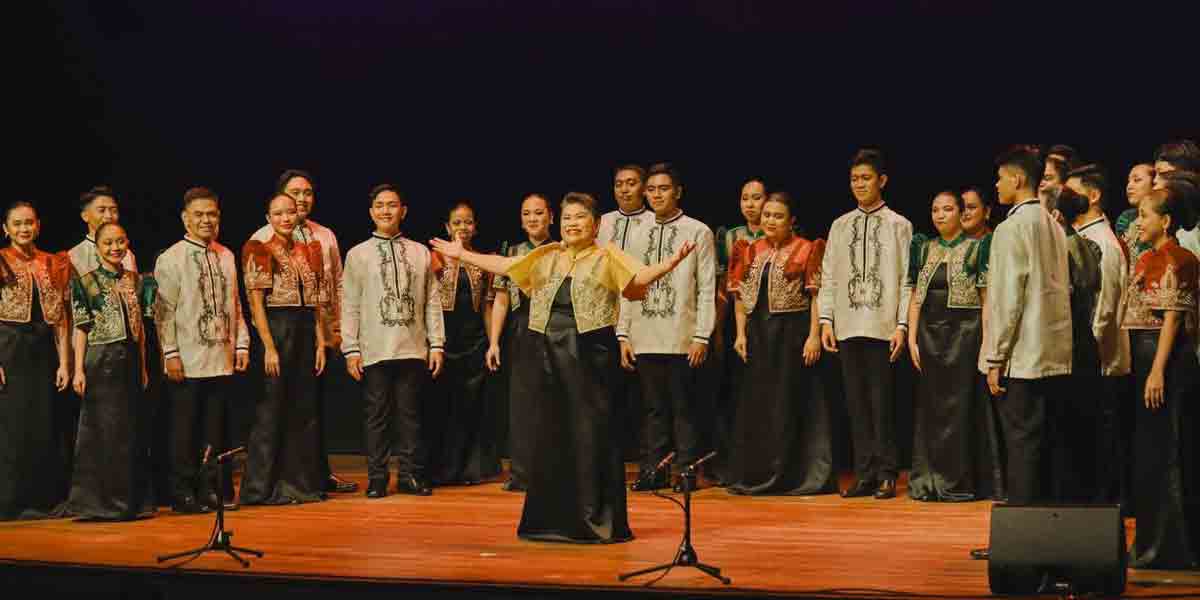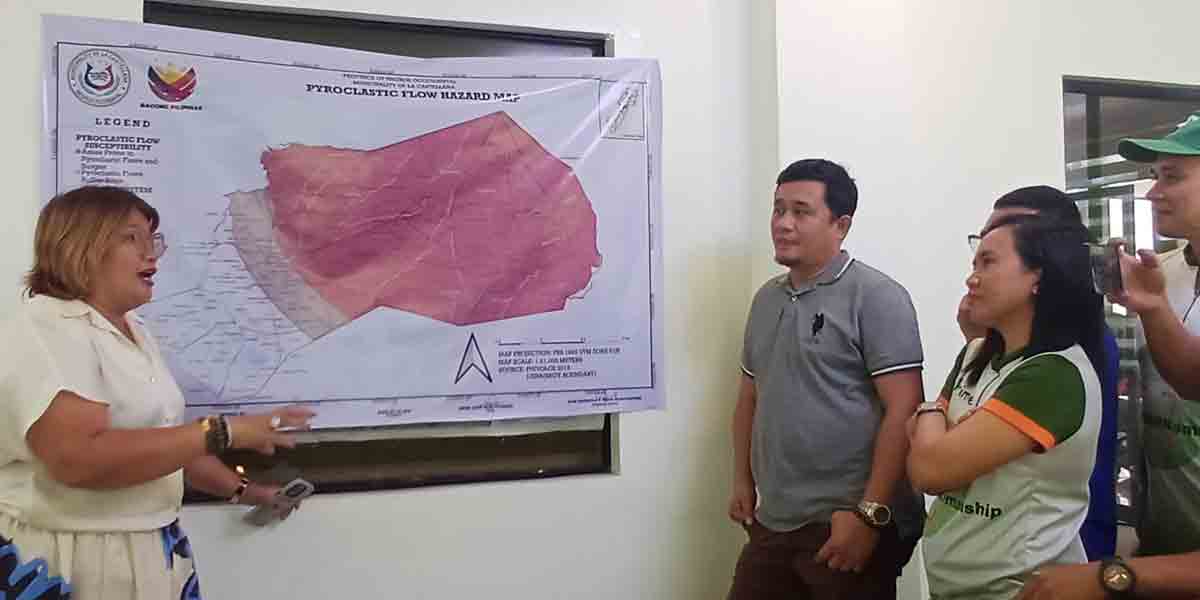
By Juliane Judilla
A special report by the Committee to Protect Journalists (CPJ), released on Feb. 12, confirmed that no journalist in the Philippines was killed in 2024. While media groups welcomed this development, they stressed that the fight for press freedom and justice remains far from over.
The CPJ noted that the absence of journalist killings in 2024 reflects a “comparatively milder tone toward the press” under President Ferdinand Marcos Jr. than during the administration of his predecessor, Rodrigo Duterte, who frequently “threatened the media.”
The National Union of Journalists of the Philippines (NUJP) previously reported the death of journalist Ma. Vilma Rodriguez in Zamboanga City in October 2024. However, investigators ruled that her killing was not work-related.
NUJP maintains that all attacks on media workers should be presumed as work-related until proven otherwise.
“As we acknowledge the absence of work-related media killings, we hope that this sets the bar for the coming years. We also hope this will lead to a quicker resolution of pending cases of media killings from previous years,” NUJP said in a statement on Feb. 18.
“Press freedom in the Philippines remains fragile, and continued vigilance is necessary to protect journalists from all forms of threats and intimidation,” the group added.
Legal Harassment and Threats
Despite the decline in journalist killings, NUJP emphasized that press freedom threats persist in various forms, including legal harassment.
The group cited recent cases, such as the terrorist financing complaint filed against freelance journalist Deo Montesclaros in Cagayan province. It also noted that detained community journalist Frenchie Mae Cumpio was only recently allowed to testify in her defense—five years after her arrest on questionable terrorism-related charges.
While the absence of media killings is a positive development, other press organizations urged caution against complacency.
The College Editors Guild of the Philippines (CEGP)-Panay chapter stressed that press freedom violations should not be limited to killings and that attacks on campus publications should also be recognized.
“CEGP recorded 250 campus press violations from 2023 to 2024. The year 2025 also began with direct attacks on campus publications, such as Today’s Carolinian in Cebu and The Spark in Camarines Sur,” the group stated.
CEGP also noted that since Marcos Jr. took office, NUJP has recorded 136 cases of press freedom violations—37% of which were directly inflicted by the government or state forces. This, the group said, marks a 77% increase compared to the first two years under the Duterte administration.
“Although no campus journalist—or any journalist—has been killed, should we limit our assessment of press freedom conditions in the country solely to the number of those killed? This precedent only highlights how downtrodden press freedom is in this country,” CEGP added.
Global Journalist Killings at Record High
While the Philippines recorded no work-related journalist killings in 2024, CPJ reported that last year was the deadliest on record for journalists worldwide.
“At least 124 journalists and media workers were killed last year, nearly two-thirds of them Palestinians killed by Israel,” CPJ said.
“All of the 2024 killings point to the increased dangers facing reporters and media workers—and the threat that poses to the flow of information worldwide,” it added.




















